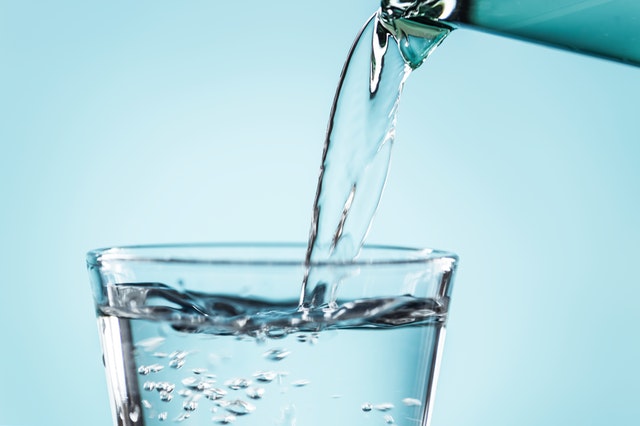The U.S. Environmental Protection Agency (USEPA) is seeking public input on a range of options regarding the regulation of perchlorate in public drinking water systems, specifically a proposed National Primary Drinking Water Regulation (NPDWR) for perchlorate to establish a Maximum Contaminant Level (MCL) and a health-based Maximum Contaminant Level Goal (MCLG) at 56 micrograms per liter. In addition, the USEPA is seeking comment on three alternative regulatory options:
- An MCL and MCLG for perchlorate set at 18 micrograms per liter.
- An MCL and MCLG for perchlorate set at 90 micrograms per liter.
- Withdrawal of USEPA’s 2011 determination to regulate perchlorate in drinking water.
USEPA is requesting comment on all relevant aspects of the proposed rule but is especially interested in the perchlorate monitoring and reporting requirements for public water systems and a list of treatment technologies that would enable water systems to comply with the MCL, including affordable compliance technologies for small systems serving 10,000 persons or less. USEPA is also requesting comment on its methodology for deriving the MCLG, the underlying assumptions and analysis of its cost and benefit estimates, and other specific items listed in the proposed rule.
USEPA will accept public comments on the proposal via the Federal Register through August 26, 2019.
Perchlorate is commonly used in solid rocket propellants, munitions, fireworks, airbag initiators for vehicles, matches, and signal flares. Perchlorate is also found as an impurity in hypochlorite solutions used for drinking water treatment and nitrate salts used to produce nitrate fertilizers, explosives, and other products.

